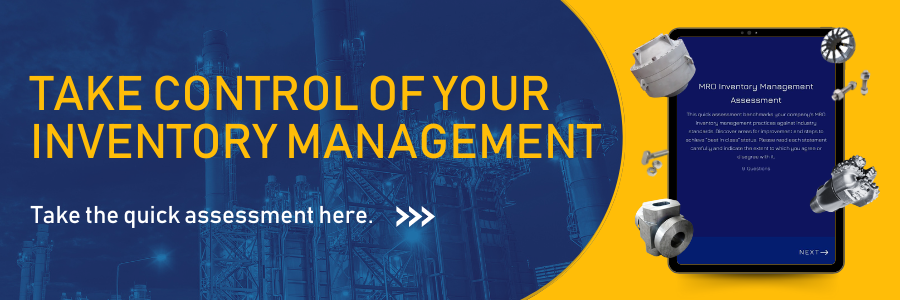True Costs of Physical Count
Errors in the Energy Industry
Inventory counting may not be the most exciting topic, but it is a critical one – especially in the oil and gas industry. Many companies in the space have hundreds of millions of dollars’ worth of spare parts in their inventories at a given time.
Are you relying too much on your in-house staff? There are lots of materials coordinators or storekeepers out there who have not had any training on inventory management, except for the basics of completing a transaction in the ERP system. There may be a temptation to cut corners as many of the inventory counting activities at remote locations (like a drilling rig) are conducted by the same personnel who would be held accountable for large discrepancies. It is easy for an employee to fail to update the inventory of a supply that has not moved since the last inventory or has not appeared to move. After all, it takes time to count all those items, ensure they are not expired, physically arranged in a FEFO manner (First Expiring First Out), relabel, etc. and even more time to double check inventory entries. If the materials coordinator/storekeeper at your facility is the only one who checks the accuracy of inventory do you have the proper controls in place? Should someone from another department complete a spot check? Click here for a warehouse checklist for managers to use while visiting their facilities.
At the end of the day, physical count errors are introduced into the equation. Issues with inventory accuracy can take a few different forms. Maybe your company is unable to locate items that your system says are on-hand or you are finding items that were never entered into inventory. In either case, you end up ordering extra supplies to keep on hand, you lose money on expedited shipping, and your staff loses time looking for items that aren’t there or while running more frequent inventory counts. It can be a real mess – and no wonder. Most companies only check their inventory once a year, leaving time for all sorts of inconsistencies to go unchecked.
Request more info about our Asset Management Solutions




